Waterpark Sneekermeer is completed
Waterstudio’s Waterpark Sneekermeer is completed and ready for recreation.
Waterstudio’s Waterpark Sneekermeer is completed and ready for recreation.

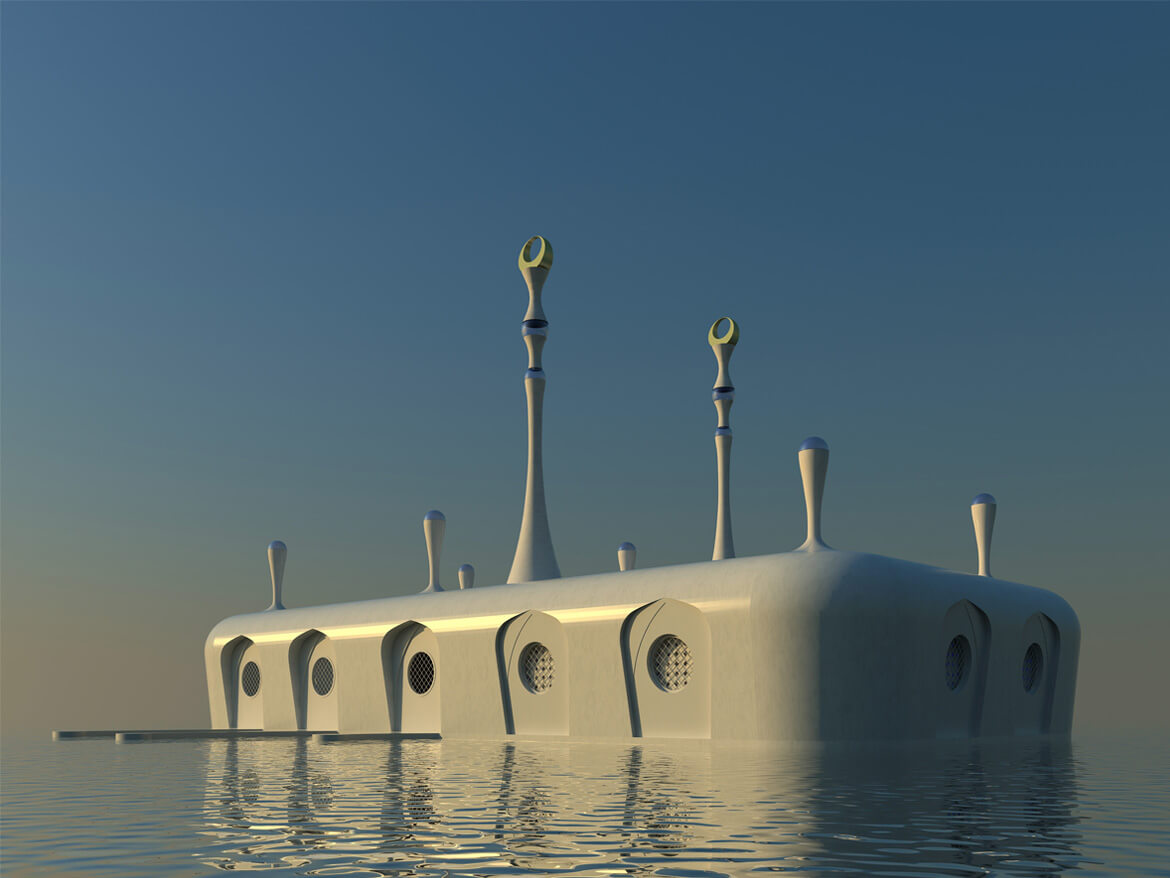
Water enjoyment, Koen Olthuis, March 2013
Rising sea levels resulting from climate change present many nations with serious problems, with disastrous floods posing an increasing threat.
Where will people go when there is no land left?
When your country is threatened by rising seas and land is literally eaten away by the sea you have two options. Either you will move towards higher land or you change perceptions and
look at all the space on water as an opportunity to build upon and start utilising it. This sounds unrealistic but the Republic of Maldives is already planning for this geographic change. This nation exists of 1200 islands spread out over 700 kilometres in the Indian Ocean. With the highest grounds not more than 1.60 meters above water this country is the first to suffer from rising sea levels. Even a relatively small water rise of 30 cm in 60 years, it will mean a big change for the Maldivians. There are voices within the government who believe that buying new land on the continents would be the best way forward. This would however mean the loss of local cultural roots and identity.We believe that there is another option. Making floating land.
Large floating landscapes which would look the same as a normal land. In a way not so different from landfill, but more sustainable. These new islands would have beaches, houses,
trees and more green. We think that this is not a process over a few years but of a period of few decades where our floating donor land would be slowly over taken by vegetation and fauna
of the existing sinking islands. To kick-start this process Dutch Docklands is developing the first large scale projects like the floating private islands Amillarah and the floating golf course of 500,000 m2. These projects show the feasibility as well as the possibilities of a future with rising seas.
You see the interface between architecture and water not as the point where two separate entities simply come together, but where they connect and shape each other What is the vision behind this idea?
For a long time we have thought that living on land or living on water are two separate worlds. The border was clear and even rules and regulations change by crossing the waterline. Today
we see that water is a new available space to expand our cities and solve several problems caused by climate change and urbanisation. No longer is there a collision of two worlds but an
integration of maritime and land based functions. We believe in hybrid solutions where the boundary between land and water is blurred. This means that if you are driving your car from the mainland towards floating islands you will not see or notice any difference. The only thing different is the foundation under the surface is made of another technology.
Next to the enlargement of building space there is another opportunity when we start using water for city expansion. Water provides flexibility. Theoretically, functions on water are
no longer doomed to stay on a fixed location during their total technical lifespan. These floating developments can easily be moved because of the simple mooring system. This means that
we can move functions throughout the city when needed. No longer we have to demolish buildings when they are out of use but we can re-use or resell them to other locations. Exactly
the same as happens with second hand cars. By this we create a city that provides enough flexibility to react instantly to the changing need of our dynamic community. Often we see that
buildings or functions which we thought were perfect ten years ago are no longer fulfilling our needs today. I do not believe in totally floating cities but in hybrid ones that use water territory for an extra place to expand and to create flexibility that fits our constantly changing demands. Your projects “Cruise Terminals” and “Het Nieuwe Water” in the Netherlands and with other projects in Dubai, you are entering “new territory” in every sense. What are the features of these new “architecture / water interfaces”? The new territories we enter provide us with new challenges. But it is not the technology that is holding back the use of water but our perception. In order to let water be the essential part of the metamorphosis to the cities of tomorrow we should show authorities and developers the opportunities that water can provide. Water provides next to the flexibility I just mentioned also some sustainability and ecological advantages. Floating solar energy fields which spread out like large blankets over the water, water-cooled floating buildings and green floating habitats to composite the lack of open green territory for little animals on land in growing metropolis.
Your innovative designs of floating structures pave the way to a future where whole cities can exist and grow on top of the water. Will this approach result in protection against flooding
and increase responsible use of dwindling water supplies?
Our designs are part of a new approach against urban flooding. The oast has taught us that defensive solutions like higher levies and canalization of rivers are not sufficient any more. We think they must be in close combination with more offensive concepts that live with nature and the water. Floating and amphibious solutions are not threatened by floods and can provide safe heavens during times of disaster for many inhabitants of the old land based functions. It is not only land or only water developments but the cooperation of both that will lead to safer waterfront cities in the future.
City Apps by waterstudio.nl – sanitation solutions in slums for the poorest of the poor
As a pioneer of “floating architecture”, you develop solutions for sanitation facilities in slums. Under the project name “City Apps”, the aim is to create desperately needed solutions for the poorest of the poor. What has been your contribution to this altruistic project idea and how far along is the implementation?
In 2011 I started research together with UNESCO-IHE in
Delft to see if water based functions could help slums located at the waterfront in growing development cities to upgrade their prosperity.
Slums in coastal regions – such as the Korail slum in Bangladesh – are being upgraded with floating sanitation components. How does that work?
The idea is that the lack of space and the resistance to invest in these slums because of the uncertainty of eviction disturbs any possible upgrade of conditions. By using space on water we
could introduce so called city apps to these slums. City apps are floating products that provide the most essential functions like floating sanitation, floating shelter and floating energy
productions and communication. These functions are built in containers in Europe and shipped over to these slums. In the slums we build the floating foundation and place the containers
on top. In case of any eviction or change in needs these city apps can be re-used or resold to other locations. These city apps hold their value and should be part of an investment
program to upgrade these slums towards the normal local city standards. These investments will be done by European influential brands which are dominant in their field of expertise
and want to use their expertise to make a difference. Again it should not be a matter of donating but investing in a small scaled business case to create commitment and interaction
with local users and local micro businesses.
After research and a fieldtrip we have chosen Korail a wet slum in Dhaka Bangladesh to be the first location where we want to upgrade prosperity.
Your award-winning idea therefore requires a team of different companies for the development, the components, installation work and project management. What local and external partners have you already secured for this project?
What contribution has been made, for example, by Grohe AG, a leading international company for sanitation components? One of the functions is a floating washroom and toilets together
with a filter system for the black water. GROHE is a typical market leader which has gathered innovations and products for the western high end market. This knowledge is very vital for
our sanitation app. GROHE will provide both products and knowledge for the implementation of the first city app in Korail.
From now it is possible to pay us with bitcoins.
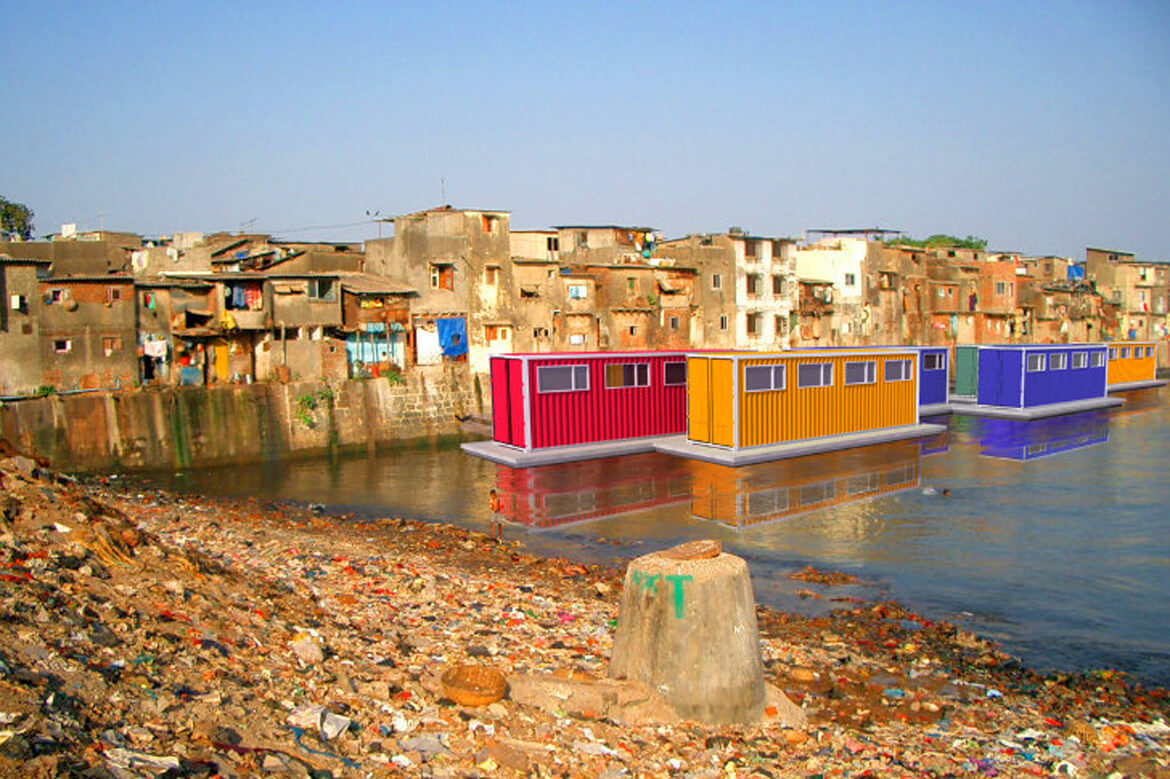
Discovery Channel Magazine, 2013
City Apps fight the rising seas
As sea levels rise and populations expand in poorer waterside communities, a series of floating structures that provide spaces for food and energy production, shelter and
sanitation may help improve the lives of people living in wet slums.
Known as City Apps, Koen Olthius and his team from the Netherlandsbased Waterstudio who designed it, recently won the prestigious Architecture and Sea Level Rise Award
2012 from the Jacques Rougerie Foundation, for these flexible and adaptable structures (pictured). The technology, which includes floating PV cell farms, vegetable gardens and
other useful structures, was originally designed for wealthy waterside dwellers. It will now be used for communities in need, with the prize money from the award going towards
implementing the first City App in the Korail Wet Slum in Dhaka, Bangladesh.
An interview with the developer of floating center in Oswego to be designed by Waterstudio, who made the next step by proposing the plan to the city council.
Plan To Create Floating Complex in Oswego Moving Forward
Posted on February 6, 2013 by Steve Yablonski, Oswego county today
OSWEGO, NY – Discussion for a $150 million, 150,000 square foot facility to be created in Oswego Harbor resurfaced earlier this week.
Joseph Pilotta returned to his hometown to update city officials on the progress of his plan for a business, retail, entertainment and residential facility. Pilotta, vice president of Digital Financial Group of Columbus, Ohio, describes the project as a “business entity and an entertainment entity.”
“These days,” he said, “we can no longer think inside the box, and we can’t think outside the box. We have to create a whole new box.”
“As a city, county – a region, we can’t afford not to take a look at something like this,” Oswego County Legislator Jacob Mulcahey told Oswego County Today.
Waterfront property is very important to the city of Oswego, he noted.
“So, if we’re going to infringe upon the available waterfront, what will be the benefit of all this for the city and its residents?” he asked. “I’m a big fan of creating jobs; that’s the bottom line here.”
It wouldn’t be a landlord – tenant relationship; Digital Financial Group would be an active stakeholder, Pilotta explained. “It would have a stake in making it work instead of having a stake in just having tenants. We’re not going to just build it and then lease space to companies. This is an operating crew. It will be a destination,” he said.
The facility that would house business offices as well as a children’s science center and much more.
The Energy and Life Science Institute (the facility’s business section – the place in which job creation would take place) would house offices, business services, administrative offices, wet and dry laboratories “very important to people in the biotechnology arena,” a research and commercial network of 25 companies (the maximum for this kind of facility, he said) and about 20 luxury (one- and two-bedroom) apartments that would likely be rented by those working for the biotechnology companies, Pilotta said last summer.
The plan is still the same, he said this week.
“Hopefully we will be successful with dealing with all the permits that are required to ‘float,’ if you will, this type of complex on the water,” he said. “That means all the New York State agencies, including the Army Corps of Engineers.”
“That’s a large roadblock right there,” Mulcahey observed.
“That’s a very big roadblock,” Pilotta agreed. “Because if anyone one (of the agencies) throws a ‘no’ vote, the project is over before it even really gets started. Everybody’s got to say ‘yes.’ That unto itself is usually a very difficult proposition.”
He has already gone through one round of questioning with about five state agencies, he said, adding, “They were very receptive. But, they had questions. I’d say there were thoroughly buzzed in the sense that it was so unique, they had never heard anything like this before.”
The first phase was to answer their questions to get to the second phase, which is submitting all the requirements for them to make a determination about what else needs to be done and what other questions may need to be answered.
“We have money, from our investors. But everyone is going to wait until we have approval,” Pilotta said. “We’re putting at risk $3.6 million (legal costs and other fees) against a possible ‘no’ vote. That’s playing really big casino.”
The structure will be anchored by tethers. It will be eco-friendly, Pilotta said. It would utilize all energy possibilities, including water, wind and solar.
“It will not ruin at all the environment. There won’t be a negative impact on marine life. It will be a boon to water sports,” he said.
Theses structure can be made relatively quickly, he said. They can withstand 90 mph winds as well as the movment of the water, he added.
The yacht club would be included in the complex; and would have an enhanced facility, at the same rental deal they are getting currently, Pilotta said.
If Oswego is going to invest the property, then they want a return on their investment, Pilotta said.
“The return on the investment that I think is the biggest boon to Oswego is at least two things. And, they’re both jobs; jobs (and benefits) that I would say are good paying,” he said.
He estimates the complex would create about 96 full-time jobs. A “second phase” of jobs would come from the developmemt of the commercialization of the new technology that has been created in the alternative energy sector and in the health and fitness sector, he continued.
This isn’t going to be “a business incubator … or an accelerator,” where public money is used to try to grow businesses, he explained, adding that private money invested in companies will help them grow their products. “Maybe call it an energizer or growth basket,” he said.
People who will be invited to come in have to qualify to come in.
“That means they have to have a new technology and or service that they need to make commercial,” Pilotta said. “People invited to come in get a three-year window to be succesful. We give them $100,000 a year (for the three years).”
After two years of operation, a commercialization venture will create approximately (with 20 companies) about 120 jobs a year, he pointed out.
“So, the impact of creating 120 new jobs in Oswego, every year, that’s the potential of this plan,” he said. “Jobs in those industries pay very, very well.”
For more information or to ask a question, Pilotta can be reached at joe@hyperfluxglobal.com
The upgrading of Korail wet slum has started, check out our movie: Meet the clients
For the continuation of the Appgrading Wet Slums project, the Waterstudio team did a field research on the Korail slum in Dhaka
The Waterstudio team just returned from a field research with the goal to research on the possibilities of the implementation of the first City App in the Korail Wet Slum in Dhaka, Bangladesh.
Waterstudio together with Dutch Docklands support the Flood Resilient Group by conducting and sharing beneficial research on City Apps for Wet Slums. The Flood Resilient Group is a multidisciplinary research group affiliated to UNESCO-IHE and Delft University of Technology.
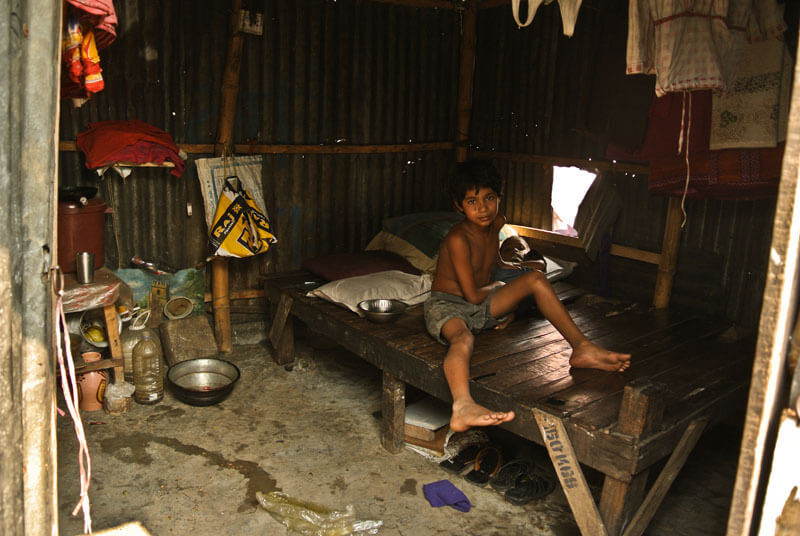
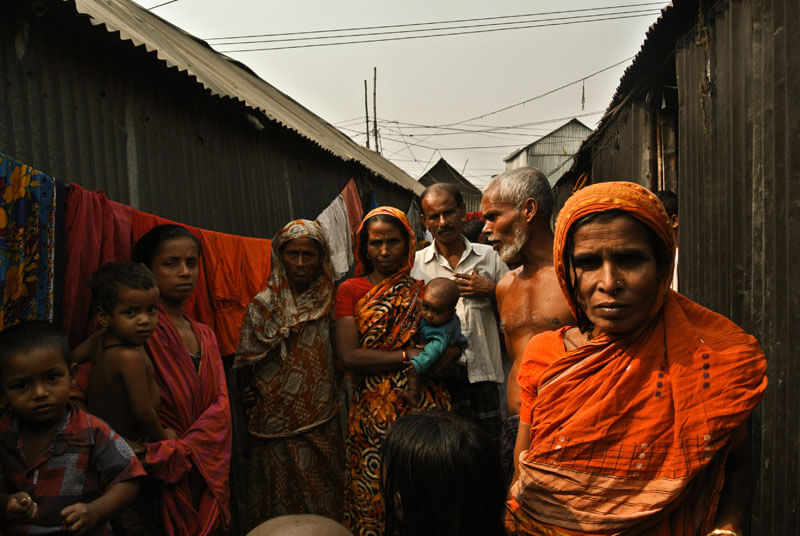
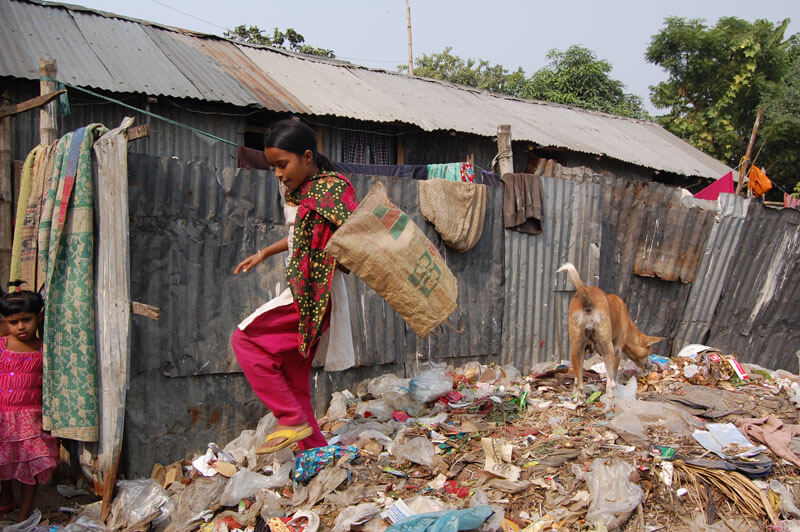
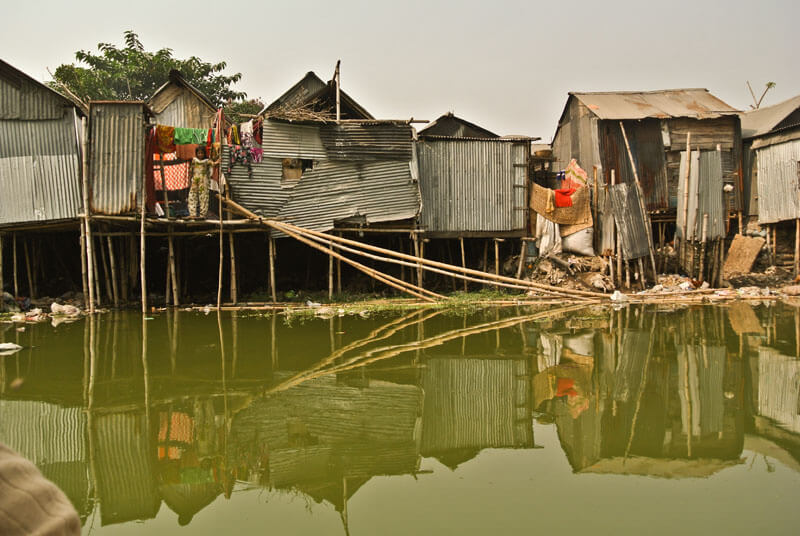
Waterstudio and other widely renowned Dutch architectural companies will be presenting the latest trends and tendencies in the contemporary Dutch architectural sector.
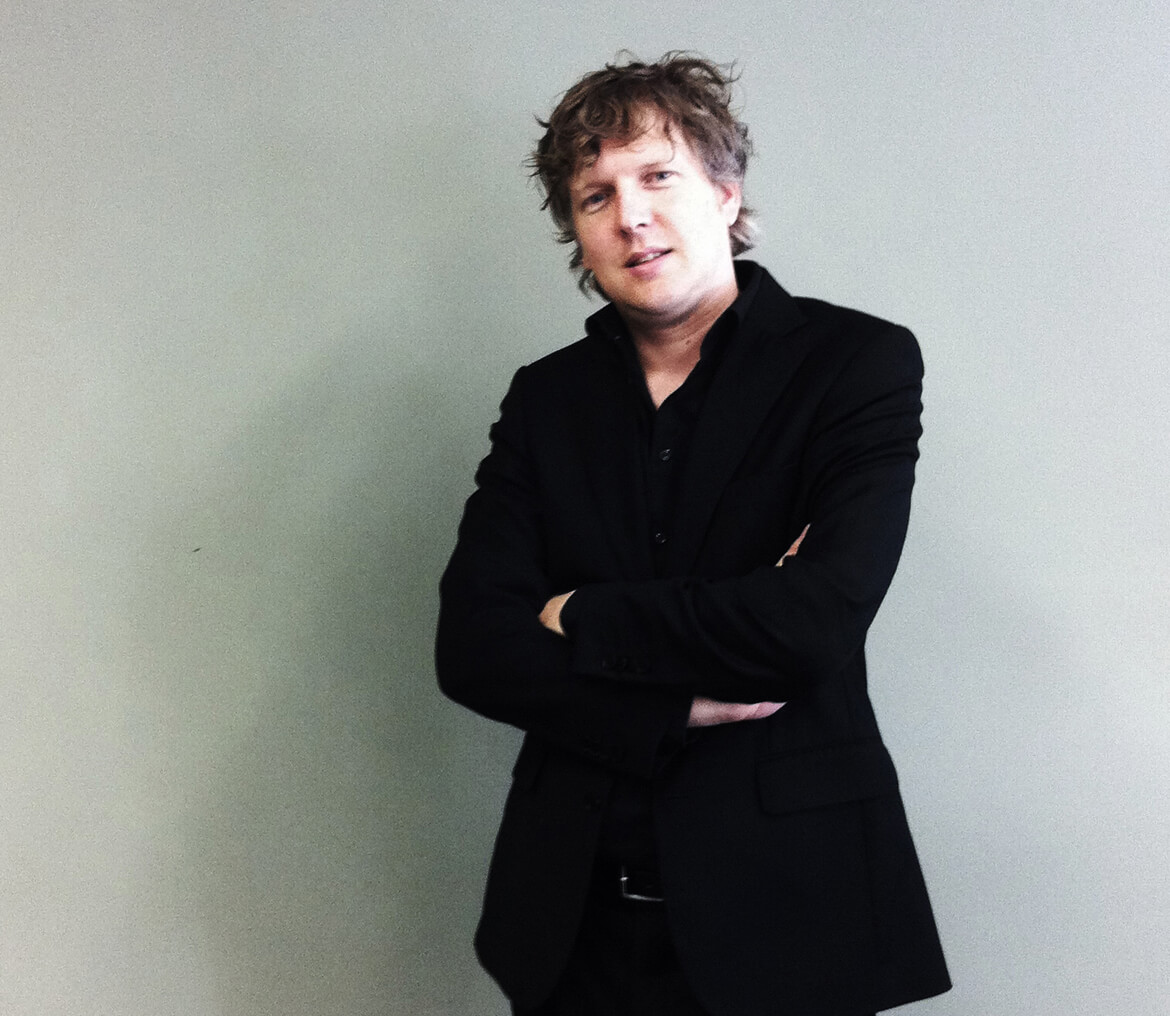
FLOAT! A blueprint for city improvement, lecture of Koen Olthuis at the UP Experience, Houston
Click here to read the article